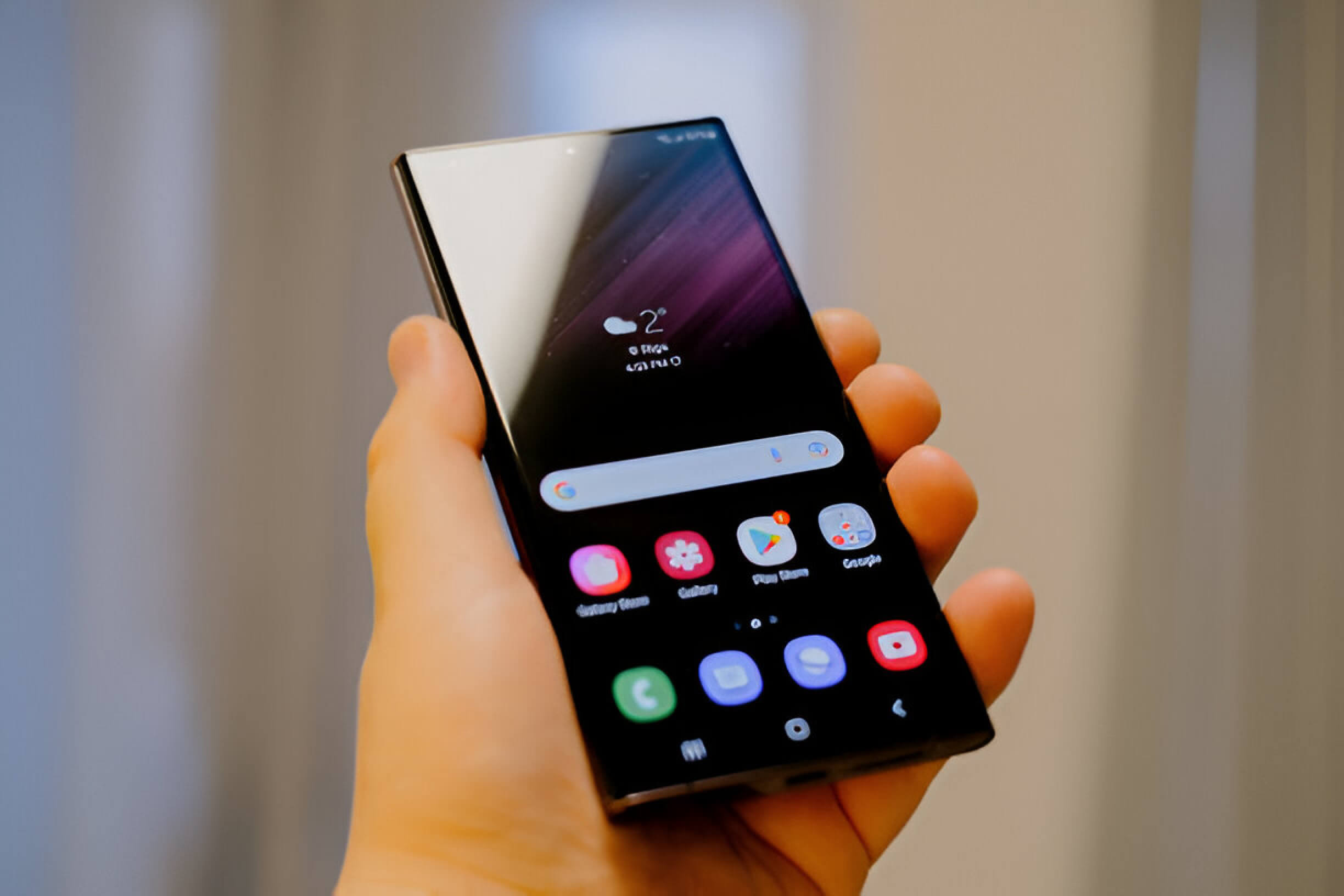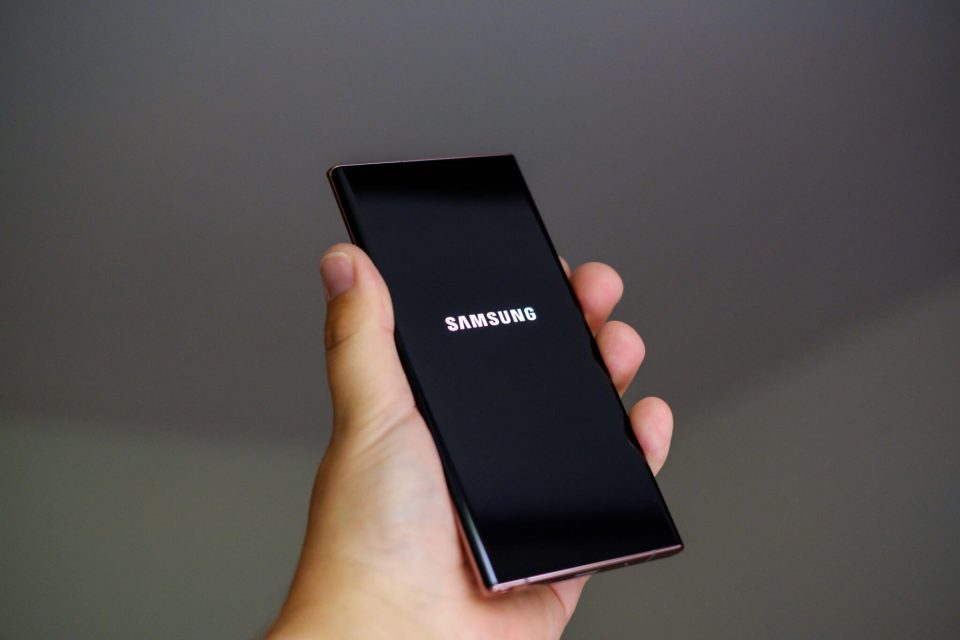In today’s fast-paced digital world, our smartphones are indispensable tools that keep us connected, informed, and entertained. However, there may come a time when your Samsung phone doesn’t perform as smoothly as it once did. Whether it’s sluggish performance, persistent software glitches, or simply preparing the device for a new user, performing a factory reset can be an effective solution.
A factory reset is essentially a process that restores your Samsung phone to its original system state by erasing all data stored on the device. This includes apps, settings, and personal files. It’s akin to giving your phone a fresh start. One of the primary reasons for opting to factory reset your Samsung phone is troubleshooting persistent issues that other methods fail to resolve. If you’ve tried various fixes but still encounter problems like freezing screens or app crashes, restoring factory settings might be the key to reviving your device’s functionality.
Another common reason for performing a factory reset is when you plan to sell or give away your phone. By resetting it to its original settings, you ensure that all personal data is wiped clean from the device, protecting your privacy while providing the new user with an uncluttered experience.
While it’s important to note that this process will delete all data from your device’s internal storage (so backing up important information beforehand is crucial), understanding when and why you might need to factory reset can help maintain optimal performance of your Samsung smartphone over time.
Important Considerations Before Performing a Factory Reset
Performing a factory reset on your device can be a powerful way to resolve persistent issues or prepare it for a new user. However, it’s crucial to take several important steps before proceeding to ensure that your valuable information is safeguarded.
First and foremost, backup your data. This step cannot be overstated, as a factory reset will erase all personal data from your device. Utilize cloud services or external storage options to securely save important files and documents.
Next, make sure to save contacts. Whether you use a dedicated app or export them directly from your phone’s settings, ensuring that contact information is preserved will save you the hassle of manually inputting numbers later.
Additionally, take measures to protect your photos and files. Photos often hold sentimental value and losing them can be distressing. Upload them to cloud storage or transfer them to an external drive for safekeeping.
Step-by-Step Instructions to Factory Reset Your Samsung Phone via Settings Menu

Performing a factory reset on your Samsung phone through the settings menu is a straightforward process that can help resolve various issues or prepare your device for a new owner. Here’s a step-by-step guide to ensure you complete this task smoothly.
- Access the Settings Menu: Begin by unlocking your Samsung phone and navigating to the home screen. Locate and tap on the “Settings” icon, which is typically represented by a gear symbol.
- Find General Management: Within the settings menu, scroll down until you find “General Management.” Tap on it to proceed to the next step.
- Select Reset Options: In the General Management section, look for an option labeled “Reset.” This will lead you to various reset options available for your device.
- Choose Factory Data Reset: Among the reset options, select “Factory Data Reset.” This option will erase all data from your phone’s internal storage and revert all settings back to their original state.
- Review Information and Confirm: Before proceeding, you’ll see information about what will be erased during the factory reset process. Carefully review this information to ensure you’re ready to proceed, then scroll down and tap “Reset.”
- Enter Credentials if Required: For security reasons, you may be prompted to enter your PIN, password, or pattern lock at this point. Enter these credentials as required.
- Finalize Factory Reset: After entering any necessary credentials, tap on “Delete All” or “Confirm,” depending on your device model and software version. Your Samsung phone will begin the factory reset process.
- Wait for Completion: The phone will restart automatically once it completes wiping all data and restoring default settings, a process that might take several minutes.
By following these steps carefully within the Samsung phone settings menu, you can effectively perform a factory reset from settings with ease while ensuring that all personal data is securely wiped from your device before handing it over or starting afresh.
How to Factory Reset a Samsung Phone Using Recovery Mode
Performing a factory reset on a Samsung phone using recovery mode is an effective way to restore your device to its original settings, especially if you are unable to access the phone normally or have forgotten your password. Here’s a step-by-step guide on how to execute this process safely.
First, ensure that your Samsung device is powered off completely. If it is unresponsive, hold down the power button until it shuts down. Once the device is off, you’ll need to enter recovery mode. To do this, press and hold the Volume Up button and the Power button simultaneously until you see the Samsung logo appear on the screen. Release both buttons once the logo appears.
You will now be in Samsung Recovery Mode. Use the Volume Down button to navigate through options and highlight “Wipe data/factory reset.” Press the Power button to select this option. You will be prompted with a warning message (use Volume Down again to highlight “Yes” and press Power to confirm).
The hard reset process will begin, erasing all data from your device without requiring a password. Once completed, select “Reboot system now” using the Power button. Your Samsung phone will restart as if it were brand new.
Remember that performing a factory reset using recovery mode will delete all personal data from your device, so it’s advisable to back up any important information beforehand if possible. This method provides an efficient solution for those needing a fresh start or troubleshooting persistent issues with their Samsung devices without needing access credentials.
Troubleshooting Common Issues After a Factory Reset on Samsung Phones
After performing a factory reset on your Samsung phone, you might encounter a few common issues during the setup process. Understanding these problems and knowing how to resolve them can help you get your device up and running smoothly.
One frequent issue is connectivity problems, such as difficulty connecting to Wi-Fi networks. To resolve this, ensure that your Wi-Fi router is functioning correctly and that the network password is entered accurately. Additionally, restarting your phone or resetting network settings may help establish a stable connection.
Another common error involves Google account verification failures. If you’re unable to sign in with your Google account post-reset, double-check the credentials for accuracy. In some cases, verifying through a different device or resetting your password might be necessary.
Users often report issues with app compatibility after a reset. Some apps may not function as expected due to outdated versions or missing updates. To fix this, visit the Google Play Store and update all installed applications to their latest versions.
If you experience battery drain or overheating post-reset, it could be due to background processes re-establishing themselves. Allow some time for the phone’s system processes to stabilize and consider checking for software updates that might address performance issues.
By being aware of these common Samsung setup issues after reset and knowing how to resolve post-reset problems effectively, you can minimize disruptions and enjoy a seamless experience with your refreshed device.
The Impact of a Factory Reset on Software and Performance of Your Samsung Device
Performing a factory reset on your Samsung device can have a significant impact on both its software and performance. A factory reset essentially restores your device to its original state, erasing all personal data, apps, and settings. This process can be incredibly beneficial if your device has been experiencing sluggish performance or persistent software issues.
One of the primary reasons users opt for a factory reset is to improve Samsung performance after reset. By wiping the clutter accumulated over time (such as cached files and unnecessary apps) a factory reset can help restore the smooth operation of your device. It clears out any background processes that might be draining resources, allowing the system to run more efficiently.
After completing a factory reset, it’s crucial to perform a software update after factory setting restore. This step ensures that your Samsung device is running on the latest firmware with up-to-date security patches and features. Keeping your software current not only enhances performance but also protects against vulnerabilities that could compromise your device’s security.
While a factory reset is an effective tool for boosting performance and resolving software glitches, it should be followed by updating your software to ensure optimal functionality and security of your Samsung device.

